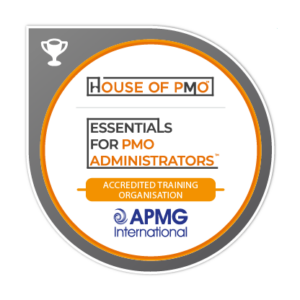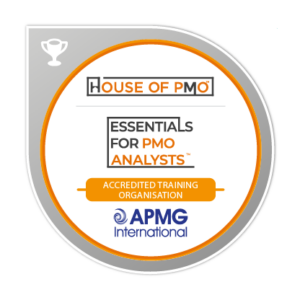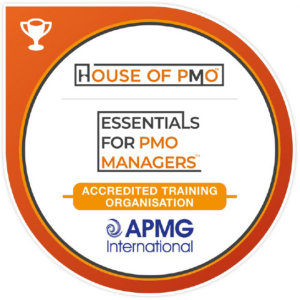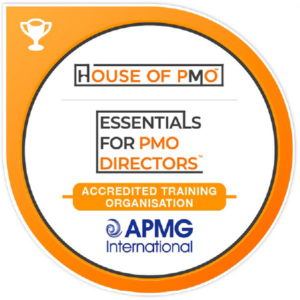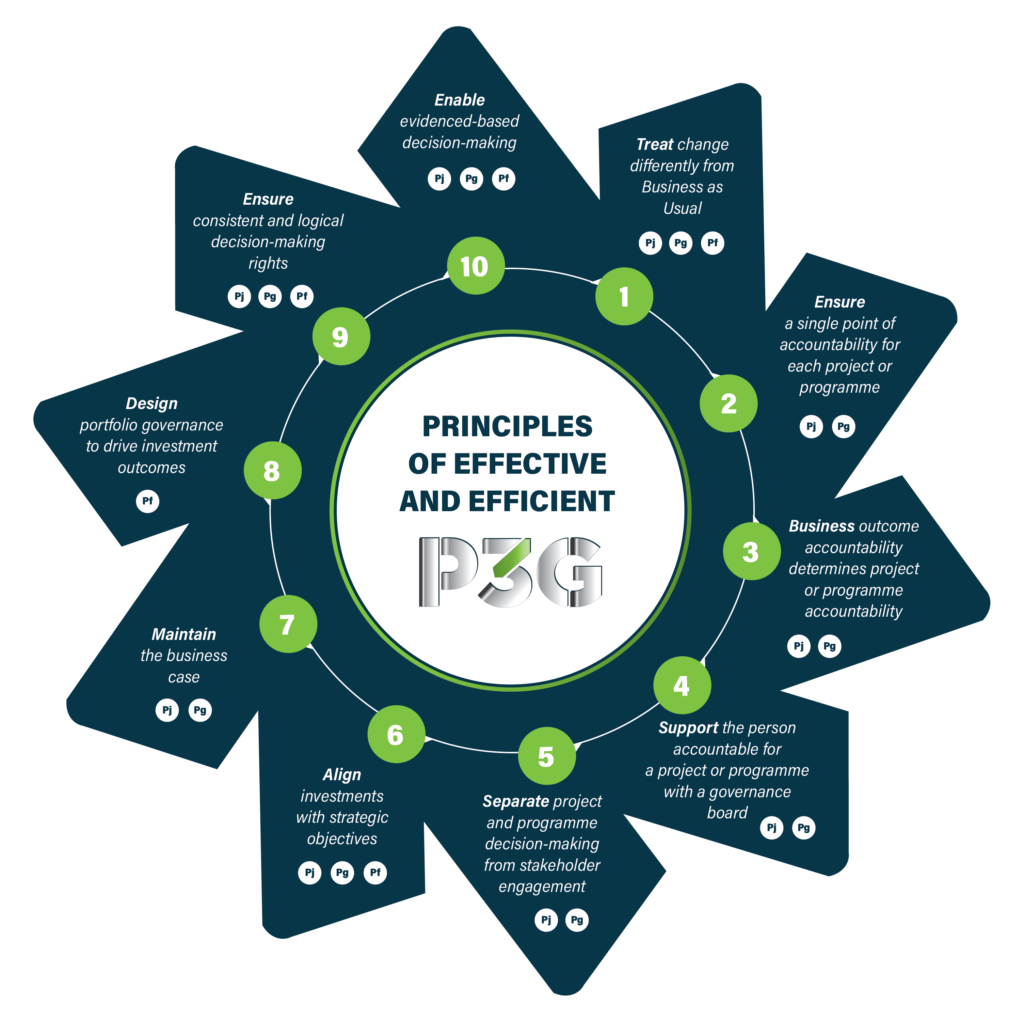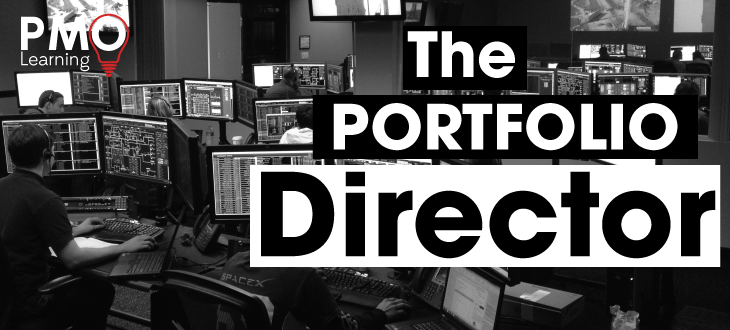
Portfolio management – the way an organisation knows which programmes and projects they should be delivering in order to meet their strategic goals for the business. And for that to happen there has to be someone accountable. Step forward the Portfolio Director role.
Portfolio Directors, as a role within project management, has become increasingly common over the last few years. Before it, an organisation was likely to have a senior manager responsible for the programme and project management entity within the business. They were called Project Directors, Programme Directors and Head of Projects.
Those roles still exist but they tend to focus on doing the programmes and project right – whereas the portfolio director is about overseeing that the right programmes and projects get chosen in the first place. It’s a subtle shift – a step up the chain in terms of authority and a closer relationship with the senior board because of the strategic element to the role.
In this article, we take a look at the top five skill areas for a Portfolio Director.
1. Business Management
 The role of the Portfolio Director is more than programme and project management – it’s about understanding the connections between how the business creates and sets its strategy – and how those strategies come to fruition.
The role of the Portfolio Director is more than programme and project management – it’s about understanding the connections between how the business creates and sets its strategy – and how those strategies come to fruition.
For a portfolio director to do the job well they need the combination of finance, commercial, strategy, PPM and operational management experience – being able to see the big picture and also understanding the finer points of planning, analytics, data and process.
They’ll be expected to be involved in the strategic planning process – providing guidance, advice and input into the organisation’s ability to realise those strategies through investment appraisals, prioritisation, enterprise resource planning and so on.
2. Portfolio Management Best Practice
It stands to reason that the portfolio director is someone who is fully knowledgeable about the latest portfolio management practices – yet knows how to adapt and flex those to suit the culture and environment of the business.
That means the portfolio director has experience of the realities of portfolio planning within an ever-shifting business environment with conflicting priorities from business owners and sponsors.
They’re able to bring that best practice and translate it into a conversation and dialogue that makes sense to the executives of the business. They’re able to give examples, present different scenarios, use data and facts to back up decision-making, use influence and negotiation to produce a portfolio plan that works in everyone’s interests within the constraints.
The Management of Portfolios is a good course to take a look at.
3. Change Management
There is no doubt about it – the portfolio director becomes the face of change within the business – after all, it is their role that prioritises and orders when change happens within the business. It is the portfolio director that the senior management sees the most out of all the project related roles within the business.
For the portfolio director it is imperative that they understand change management – live and breathe it – and demonstrate effective change management in everything they’re doing.
If a portfolio director can’t demonstrate how change can derail and negatively impact a business if it’s not given the attention it needs – the role becomes just a box-checking and listing exercise.
4. Stakeholder Management
The portfolio director has relationships right across the business – from the senior executives to the project managers. It’s their business to know not only which programmes and projects are being delivered but how – and how the delivery impacts the ongoing planning of the portfolio.
They’re communicating and building relationships with a wide variety of people which often means they adapt and flex their style. That often means they’re creative one minute, analytical the next. Passionate yet serious; diplomatic and serious; decisive and open-minded.
5. Leadership
Portfolio directors are leaders – they’re leading the change in an organisation. They’re often managing their own immediate team of portfolio office as well as matrix management responsibilities for scores of people within the business. They’re servant leaders to one audience, direct leader to another. Often they’re working virtually with stakeholders across the business and across the globe.
Portfolio management has its own office politics – people with pet projects, departments which ring-fence scarce resources, programme and project practitioners working on the ground. All of these are within the sphere of influence for the portfolio director – and each group looking for different forms of leadership.
For a Portfolio Director, the career path often takes one of three paths. They’re either:
- Previously worked as a Project Manager or Programme Manager
- Previously worked within PMO, moving up the ranks
- Previously worked in another part of the business, with little exposure to programmes and projects.
Whichever path our Portfolio Directors take – there will be strong skillsets in one area and skills lacking in others. There is no right or wrong answer in regards to an ideal previous career path to Portfolio Director – just a desire to see the organisation strengthen their change capability and ultimately perform better when it comes to meeting their strategic objectives. It can be a tough job, but highly rewarding when change happens for the better.
Interested in learning more about portfolio management? Take a look at our two-day course Unlocking Business Agility Through Portfolio Management or continue reading some of our articles focused on it.
Enjoying Our Blog?
Sign up and receive all our articles (we’ll send you an update once a week!) plus special offers and events:






